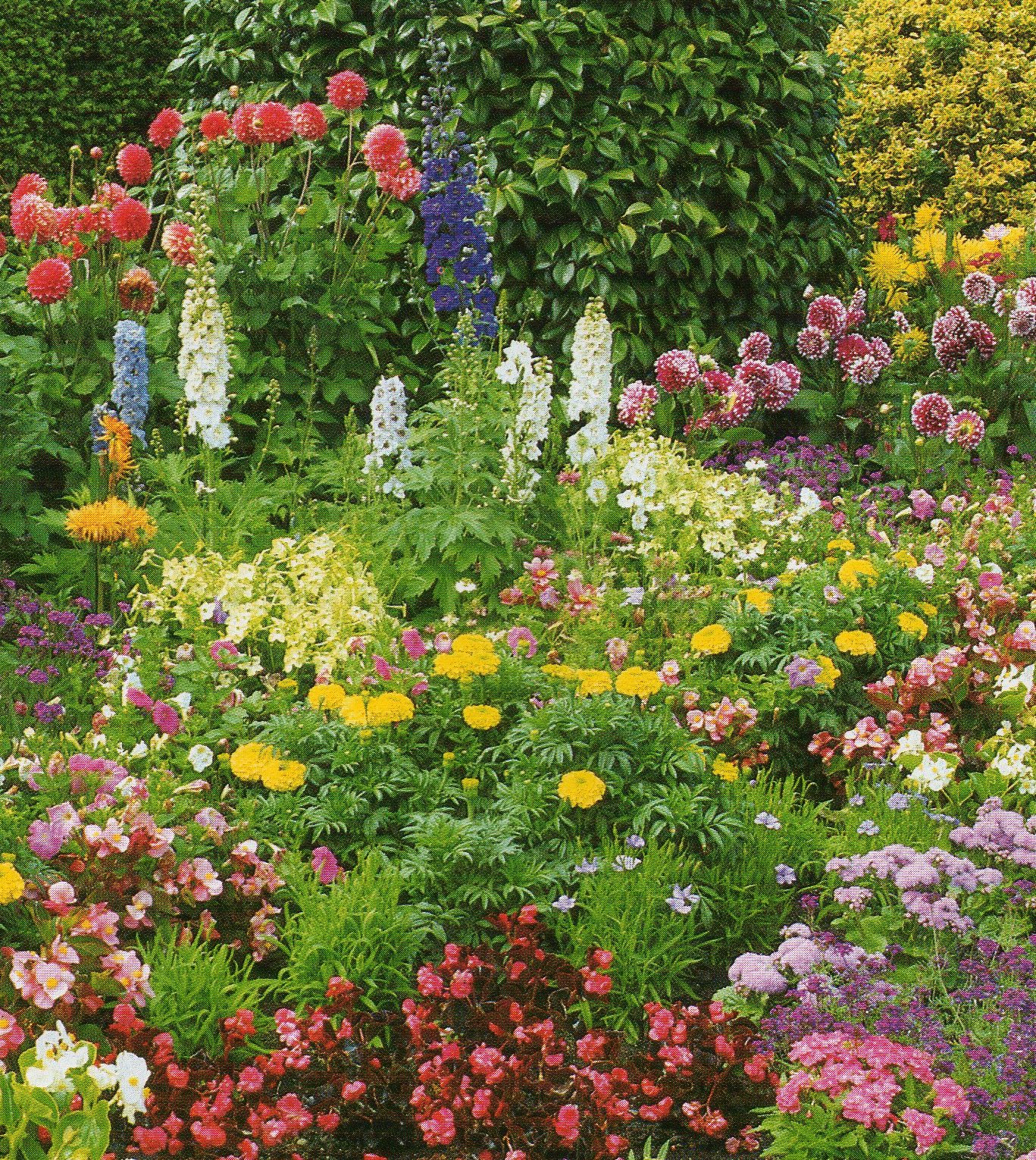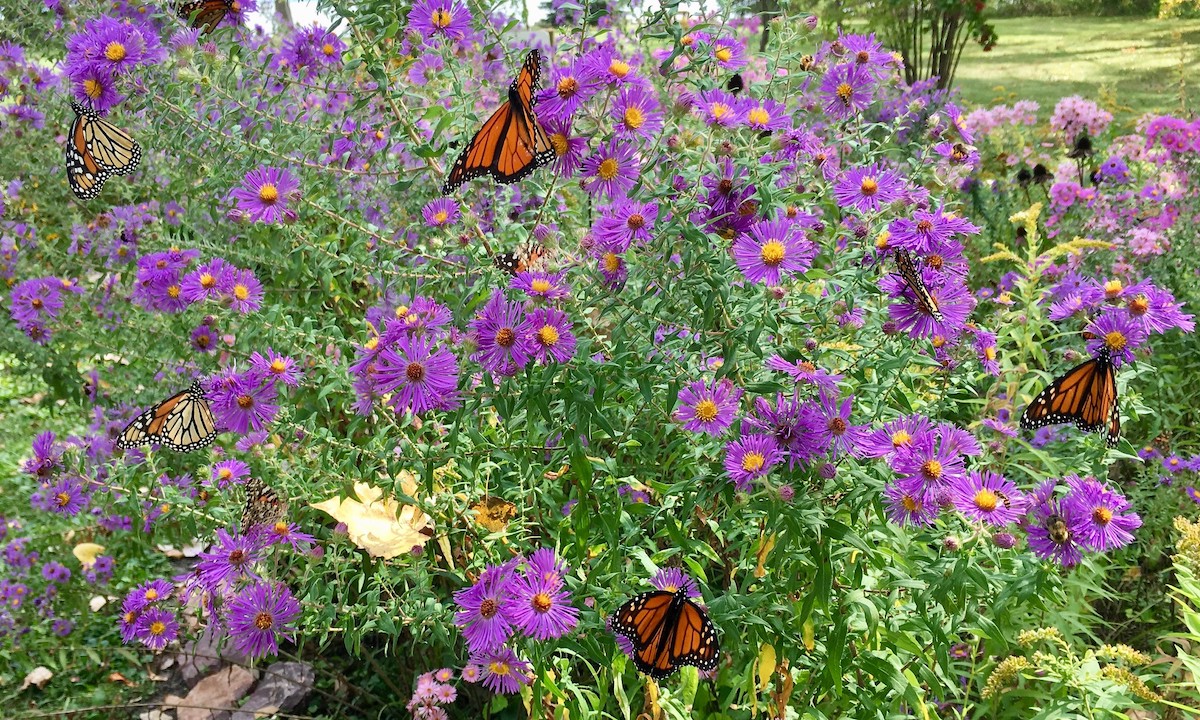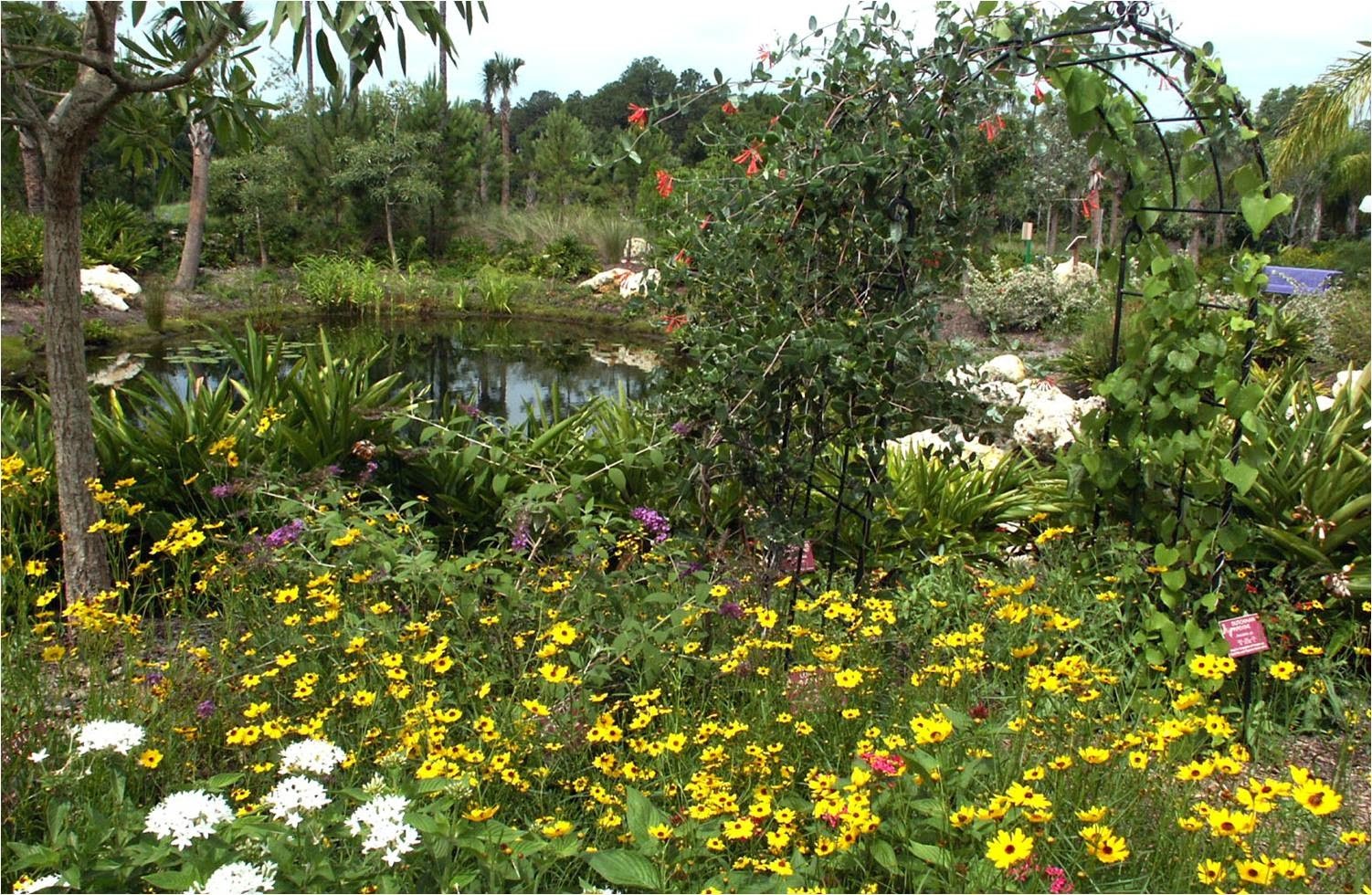
Welcome to the world of butterfly gardens! These enchanting spaces are designed to attract butterflies and create a haven for these delicate creatures. With their vibrant colors and graceful flight, butterflies are a joy to behold. In this article, we will explore the steps to create your very own butterfly garden, from choosing the right plants to providing essential resources for these winged beauties.
Understanding Butterfly Species

Before diving into the creation of your butterfly garden, it's important to understand the different butterfly species in your region. Different species have varying preferences when it comes to nectar plants and host plants. Nectar plants provide butterflies with food, while host plants are essential for their reproduction. By researching the species native to your area, you can tailor your garden to their specific needs.
Choosing the Right Location
Next, consider the location of your butterfly garden. Butterflies thrive in areas that receive ample sunlight, so choose a spot that gets at least six hours of direct sunlight each day. Additionally, a sheltered location can protect the butterflies from strong winds.
Preparing the Soil

Now that you have chosen the perfect spot, it's time to prepare the soil. Butterflies prefer well-draining soil, so make sure to amend the soil with organic matter such as compost. This will improve the soil's fertility and drainage, creating an ideal environment for both plants and butterflies.
Choosing Butterfly-Friendly Plants

The key to a successful butterfly garden lies in selecting the right plants. Native plants are the best choice, as they are adapted to the local climate and provide the necessary resources for butterflies. Opt for a variety of nectar plants that bloom at different times throughout the year, ensuring a continuous food source for the butterflies. Some popular choices include milkweed, coneflowers, and butterfly bushes.
Providing Host Plants

Host plants are crucial for butterfly reproduction, as they serve as a nursery for their eggs and caterpillars. Different butterfly species have specific host plant preferences, so ensure you include a variety in your garden. For example, monarch butterflies rely on milkweed plants as their host plant. By providing host plants, you are inviting butterflies to lay their eggs and support their life cycle.
Creating Water Sources

Butterflies also require water to survive and thrive. Create shallow water sources such as small ponds or birdbaths in your garden. Place some rocks or pebbles in the water to provide perching spots for the butterflies. Remember to maintain the water sources regularly, ensuring they are clean and filled with fresh water.
Adding Butterfly Feeders
In addition to nectar plants, you can supplement the food supply by adding butterfly feeders to your garden. These feeders contain a mixture of sugar water or overripe fruits that attract butterflies. Hang the feeders at a height that is easily accessible for the butterflies. Keep in mind that while feeders can provide an additional food source, they should not be the sole source of nutrition for the butterflies.
Creating a Sheltered Environment

Butterflies need sheltered spots to rest and seek refuge from predators and harsh weather conditions. Planting trees or shrubs around your garden can provide natural shelter. Additionally, you can add butterfly houses or create small butterfly-friendly structures where they can find shelter during their lifecycle.
Maintaining Your Butterfly Garden

Once your butterfly garden is established, regular maintenance is essential to keep it thriving. Remove any weeds that may compete with the nectar and host plants. Monitor for pests and take appropriate measures to control them without harming the butterflies. Regularly prune and deadhead the plants to promote healthy growth and continuous blooming.
Meta Description:
Create a beautiful butterfly garden with these simple steps. Learn how to choose the right plants, provide essential resources, and attract various butterfly species to your garden.
Meta Keywords:
butterfly garden, attracting butterflies, native plants, host plants, creating a butterfly habitat